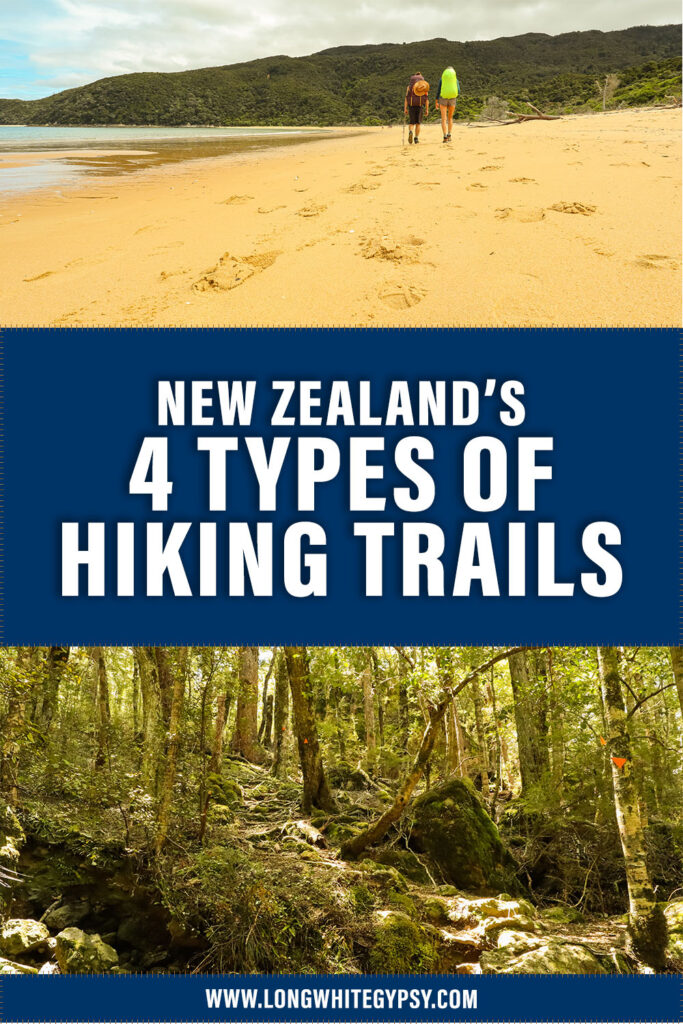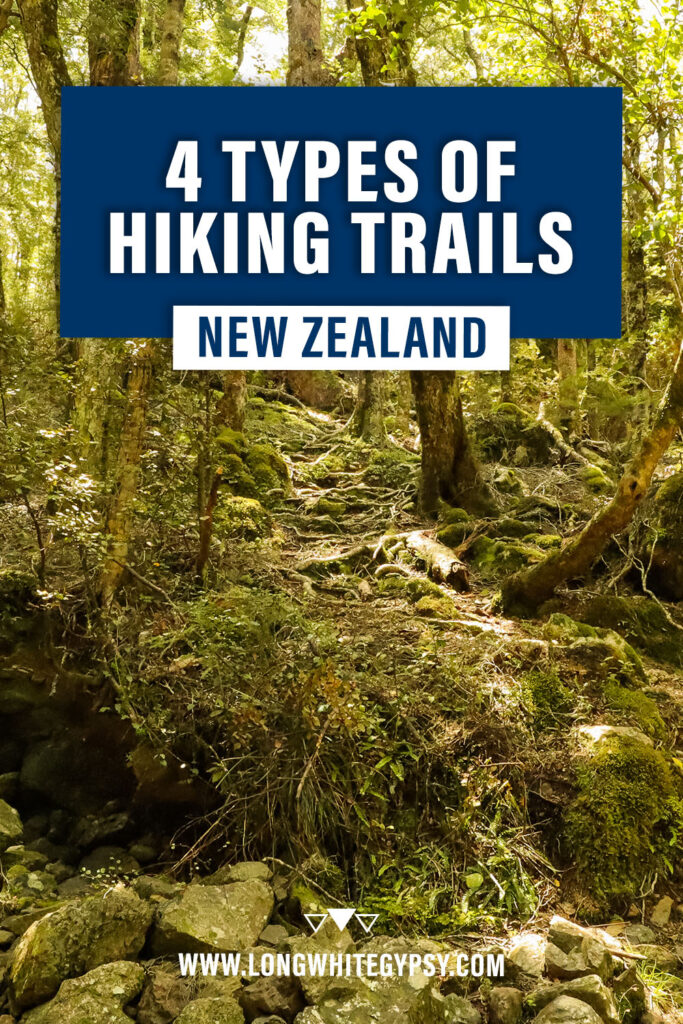Long White Gypsy uses affiliate links and is a member of the Amazon Services LLC Associates Program. If you make a purchase using one of these links, I may receive a small commission at no extra cost to you. See my Privacy Policy for more information.
New Zealand is known for its vast network of tracks and trails which traverse all kinds of environments through all kinds of terrain, from flat sandy beaches to the rugged alpine tops of our most mountainous regions.
Knowing what to expect is important, so here’s your comprehensive guide to the types of hiking trails in New Zealand and the most common types of terrain you’ll find when exploring the NZ wilderness.
Trail Classification in New Zealand
Most of the types of hiking trails in New Zealand are located on public conservation land administered by the Department of Conservation.
The Department of Conservation classifies each and every track in its network according to the following classification scale.
Easiest
The easiest tracks in the DOC track network consist of easy walking for up to one hour. These easy types of hiking trails in New Zealand are suitable for people of most ages and fitness levels. Tracks are usually well formed and all streams/rivers are bridged. Some of these tracks are wheelchair accessible, but some have steps or stairs and are not suitable for wheelchairs
Popular Easiest Tracks in NZ
- Cape Foulwind Walkway, Westport
- Dawson Falls, Taranaki
- Lake Gunn Nature Walk, Fiordland
- Lighthouse Walk, Castlepoint
- Matai Falls, Catlins
- Punakaiki Pancake Rocks, Paparoa National Park
- Tane Mahuta, Northland
Easy
Easy tracks consist of gentle walking which varies from just a few minutes to a whole day. They are suitable for low to moderate fitness levels. Tracks are mostly well formed, clearly marked and all water crossings are bridged. Although these tracks are generally considered easy grade, they may be steep or muddy in some sections.
Popular Easy Tracks in NZ
- Huka Falls Track, Taupo
- Arthur’s Pass Walking Track, Arthur’s Pass
- Awaroa/Godley Head Walking Track, Christchurch
- Cathedral Cove Walk, Coromandel
- Franz Josef Glacier, Franz Josef
- Karangahake Gorge Historic Walkway, Kaimai Mamaku Conservation Park
- Lake Hayes Walkway, Arrowtown
- Lake Matheson, Westland
- Milford Sound Lookout Track, Milford Sound
- Otago Central Rail Trail, Otago
- Rotopounamu Track, Tongariro National Park
- Roy’s Peak, Wanaka
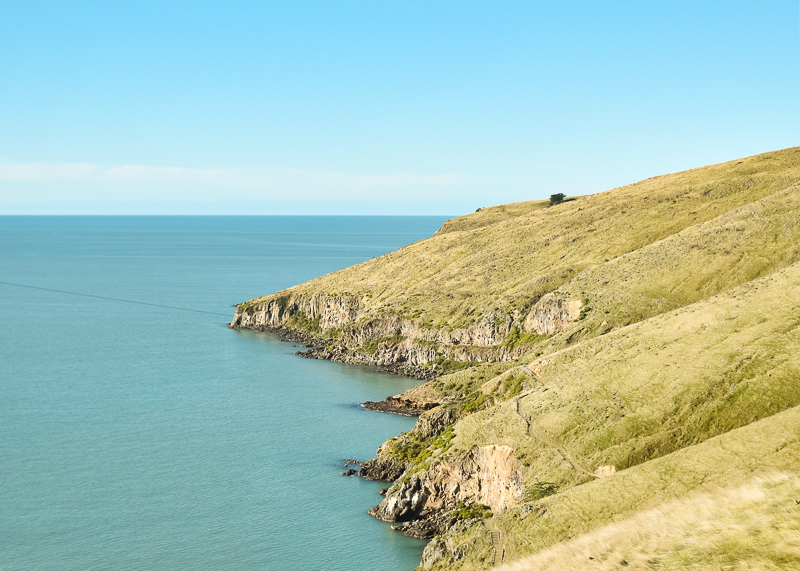
Intermediate / Great Walks
Intermediate or Great Walk tramping tracks are designed to provide a comfortable multi-day tramping experience suitable for beginners or those with limited experience. These types of hiking trails in New Zealand are categorised by their well formed tracks which are clearly marked at regular intervals. All major water crossings are bridged for safety, but smaller crossings may be unbridged. These tracks are designed to make multi-day tramping accessible to everyone regardless of experience therefore most are level, wide and gravelled for easy walking. However, they may be steep, rough or muddy in places depending on the terrain.
Popular Intermediate / Great Walk Tracks in NZ
- Tongariro Alpine Crossing
- Milford Track
- Pinnacles Track
- Queen Charlotte Track, Marlborough
- West Matukituki Track, Mount Aspiring National Park
- Copland Track to Welcome Flat, Westland
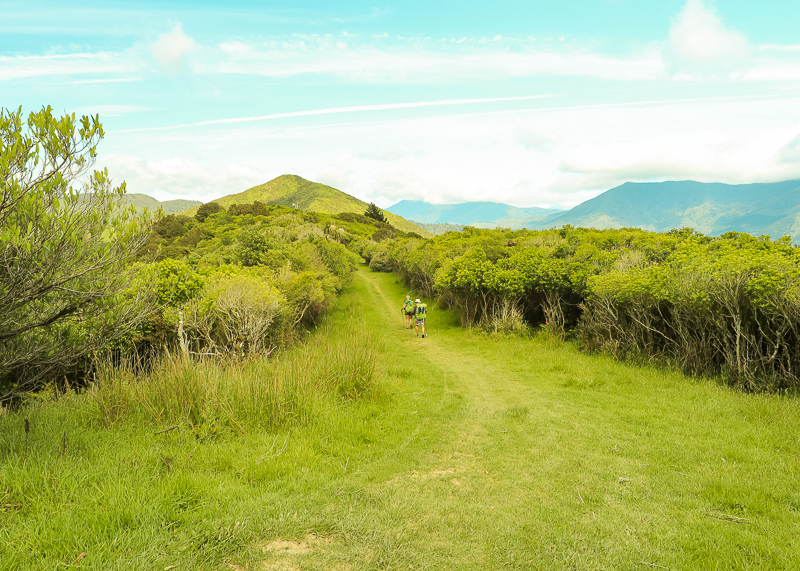
Advanced (Tramping Track)
Advanced tramping tracks are challenging multi-day tramping experiences which are suitable for hikers with moderate to high level backcountry skills including navigation and survival skills. Although these types of hiking trails in New Zealand are usually well marked, they are mostly unformed and rough. They could be steep and muddy for most or all of their length. Expect most or all river crossings to be unbridged.
Popular Advanced Tramping Tracks in NZ
- Farewell Spit Tracks, Farewell Spit
- Pelorus Bridge Track, Marlborough
- Tarawera Trail, Rotorua
- Te Paki Coastal Track, Northland
- Robert Ridge Route to Angelus Hut, Nelson Lakes National Park
- Aotea Track, Great Barrier Island
- Round the Mountain Track, Tongariro National Park
- Ben Lomond Track, Queenstown
- Cape Brett Track, Northland
- Gillespie Pass Circuit, Mount Aspiring National Park
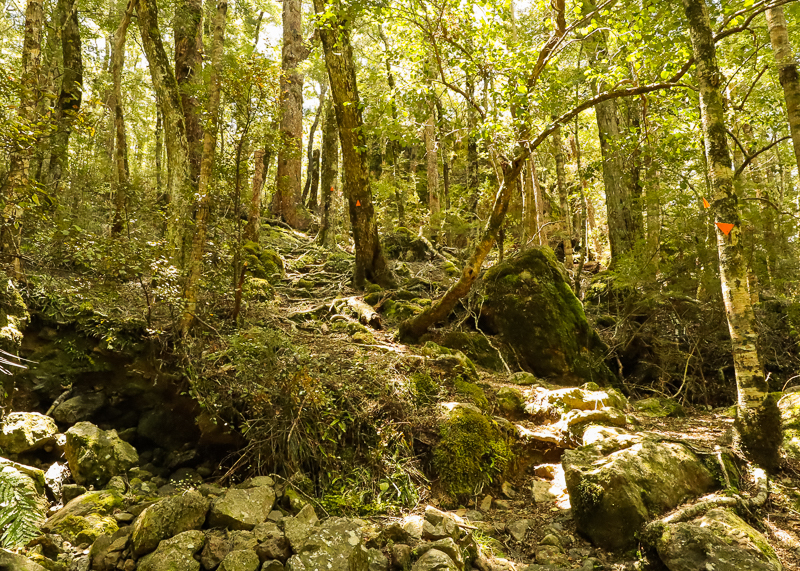
Expert / Routes
Expert level tracks or routes are highly demanding and challenging overnight or multi-day tramping trips suitable only for those with very high level backcountry navigation and survival skills. These types of hiking trails in New Zealand often do not follow a marked track, so hikers need to know how to navigate through open and unmarked terrain. Tracks are unformed and natural, possibly very steep and rough in places. All river crossings are usually unbridged.
Popular Expert Routes in NZ
- Avalanche Peak, Arthur’s Pass
- Cascade Saddle Route, Mount Aspiring National Park
- Gertrude Saddle, Milford Sound
- Mingha-Deception Route, Arthur’s Pass
- North-South Track, Kaimai Mamaku Park
- Tararua Northern Crossing, Tararua Forest Park
Types of Terrain in New Zealand
Terrain has an immediate impact on how easy or difficult a track can be, and even the easiest walking tracks (such as those along beaches) can have their own complications.
Here are some of the most common types of terrain you’ll experience on New Zealand hiking trails.
Beach Tracks
With such a wild and rugged coastline, it seems unlikely that beach walking would be a popular feature of hiking in New Zealand. But many sections of popular types of hiking trails in New Zealand are routed along beaches.
Beach tracks offer the opportunity to explore pristine coastal environments, encounter some of New Zealand’s unique coastal wildlife such as seals and penguins, and take a dip in some of our clearest and warmest waters.
Although this sounds idyllic, you need to be aware of the following when you’re hiking along a beach.
Firstly, you’re very exposed to the elements. There’s little shelter from the sun, putting you at greater risk of sunburn and heatstroke. Make sure you have plenty of sunscreen and water before embarking on a beach walk. On the flip side, it’s also possible to contract hypothermia on a beach if you’re exposed to wind and rain.
Secondly, sand can be a very difficult surface to walk on. Soft sand at the high tide mark and compacted sand at the low tide mark are both sources of discomfort over time, and stray grains of sand easily cause friction in shoes which leads to blisters. Walking barefoot is sometimes seen as a better option, but over long distances can lead to worse injuries.
Thirdly, you have to be wary of the tidal changes. Sometimes a beach track becomes impassable at high tide, and with a 4 hour turnaround this can land you in a spot of bother. You might also have to cross rivers and estuaries along beach tracks, and many of these are only passable within an hour or so of low tide.
Popular Beach Tracks in NZ
- Abel Tasman Coast Track, Marlborough
- Cape Kidnappers Track, Wairarapa
- Te Paki Coastal Track, Northland
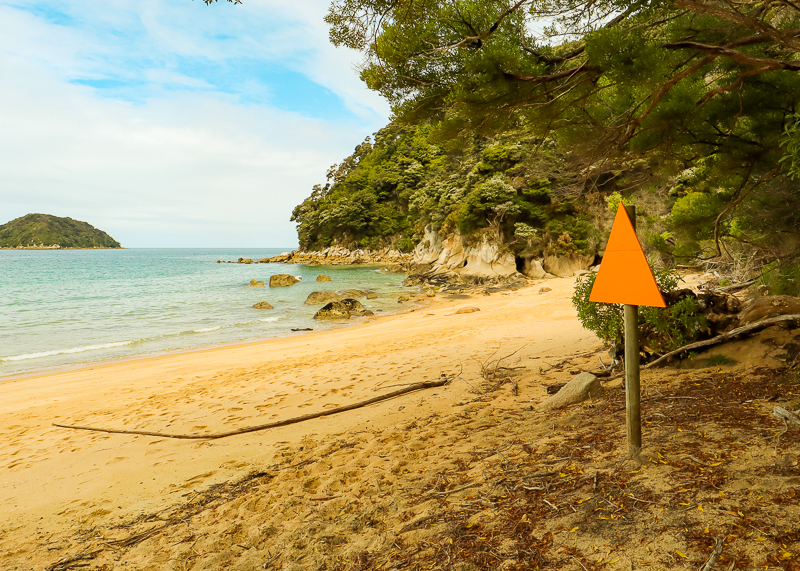
Forest Tracks
The most common types of hiking trails in New Zealand (especially on the North Island) are bush tracks through dense forest.
New Zealand was once covered in thick bush, shrubs and trees for as far as the eye could see. Over time, tracks and trails have been blazed through the forest and large swathes of bush have been cleared to make way for roads, towns and cities.
But in the backcountry it’s still like stepping back in time.
New Zealand bush is thick and dense. Unless a track is very popular and a proper pathway has been cut, the forest floor will probably be covered in tangled roots, moss and rocks which will take longer to traverse. On the plus side, temperatures are lower in the bush and there’s less risk of getting sunburnt. But the lack of sunlight also means that bush tracks tend to be wetter and muddier than others.
If a forest or bush track is particularly popular, you’re likely to come across large sections of deep, sucking mud that will slow your progress.
Popular Forest Tracks in NZ
- Mt Pirongia Summit, Waikato
- Tararua Southern Crossing, Tararua Forest Park
- Rakiura Track, Stewart Island
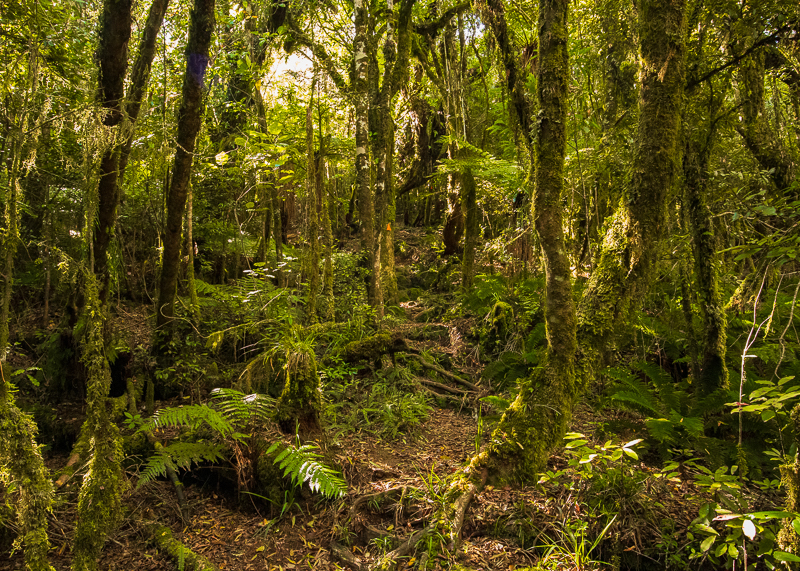
Mountain Tracks
As a land mass which sits astride two converging tectonic plates, there are plenty of mountains in New Zealand to admire and explore, with many tracks (especially those on the South Island) venturing over 1,000m and well above the bush line.
Mountains on some of these types of hiking trail in New Zealand are accessible to even the most amateur of hikers, whereas others require more skill and preparation before attempting.
Make sure you are well prepared before venturing into alpine terrain. Know and understand the conditions and weather, and be prepared to turn back if necessary. If heading into high elevation regions in winter, you may need specialist gear such as an ice axe and crampons. You should also be familiar with avalanche paths and how to assess avalanche risk. If you’re new to hiking in alpine terrain, start with more popular and well marked tracks first before progressing.
Popular Alpine Tracks in NZ
- Mueller Hut Route, Aoraki National Park
- Tongariro Alpine Crossing, Tongariro National Park
- Milford Track, Milford Sound
- Gertrude Saddle, Fiordland
- Waiau Pass (via Blue Lake), Nelson Lakes National Park
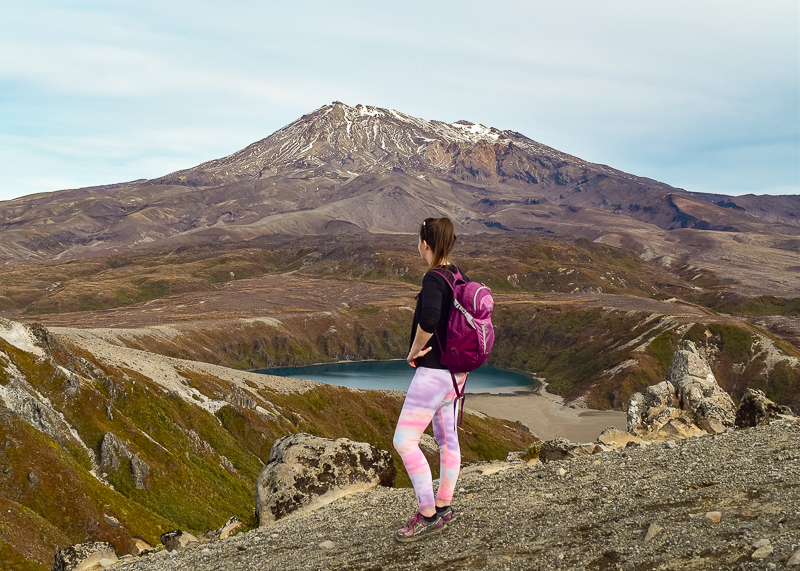
Rivers
Many wilderness routes in New Zealand follow rivers. In fact, one of our Great Walks is actually a 3 day canoe journey down one of our largest, the Whanganui River.
However in some cases the river itself actually becomes the track. There are a handful of trails in New Zealand which include substantial sections walking either up or down a river. Usually the rivers are shallow and easy-flowing with knee-deep water (at its highest) and sandy or gravelly riverbeds.
But some of these river tracks might involve a bit more rock and boulder hopping which you should be prepared for.
Fish and eels are a concern on these types of hiking trails in New Zealand, but for the most part they are harmless. The biggest danger is the fact that the river may rise or become impassable after heavy rain, or you may get caught in a flash flood. Always make sure to check the recent rain forecast and check for tips at the local DOC Visitor Centre before you go.
Popular River Tracks in NZ
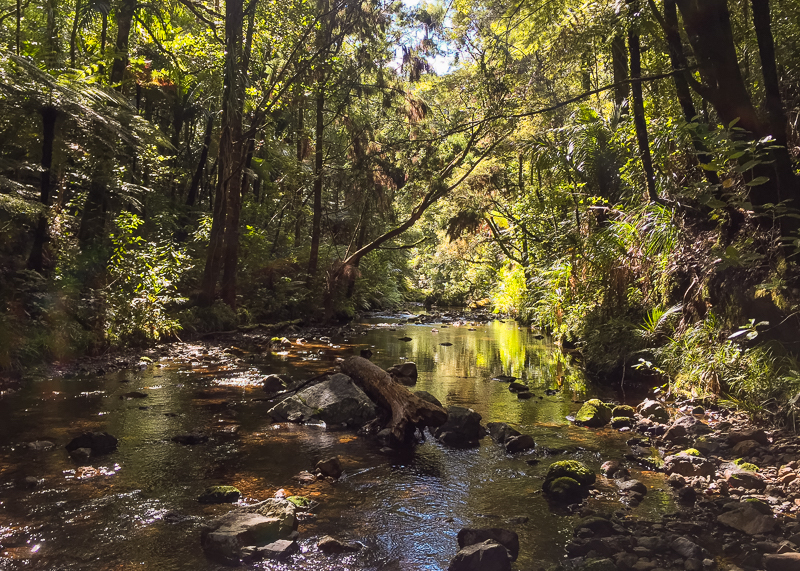
Final Thoughts: The 4 Types of Hiking Trails in NZ
With its vast network of tracks and trails traversing a wide range of terrain and environments it’s important to know the different types of hiking trails in New Zealand to keep you safe and comfortable when exploring our beautiful wilderness.
If you liked this post or have questions about anything mentioned in this post, leave me a comment below!
If you enjoyed this post about the types of hiking trails in New Zealand, please take a moment to help me spread the word to other trampers and hikers by sharing it on Pinterest or social media.

